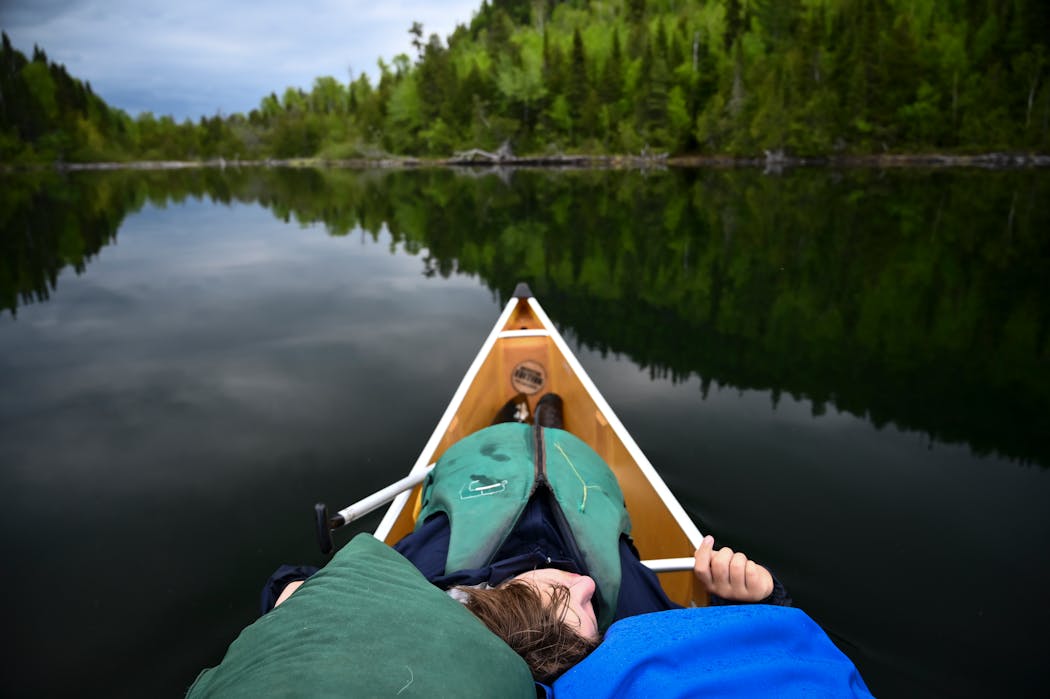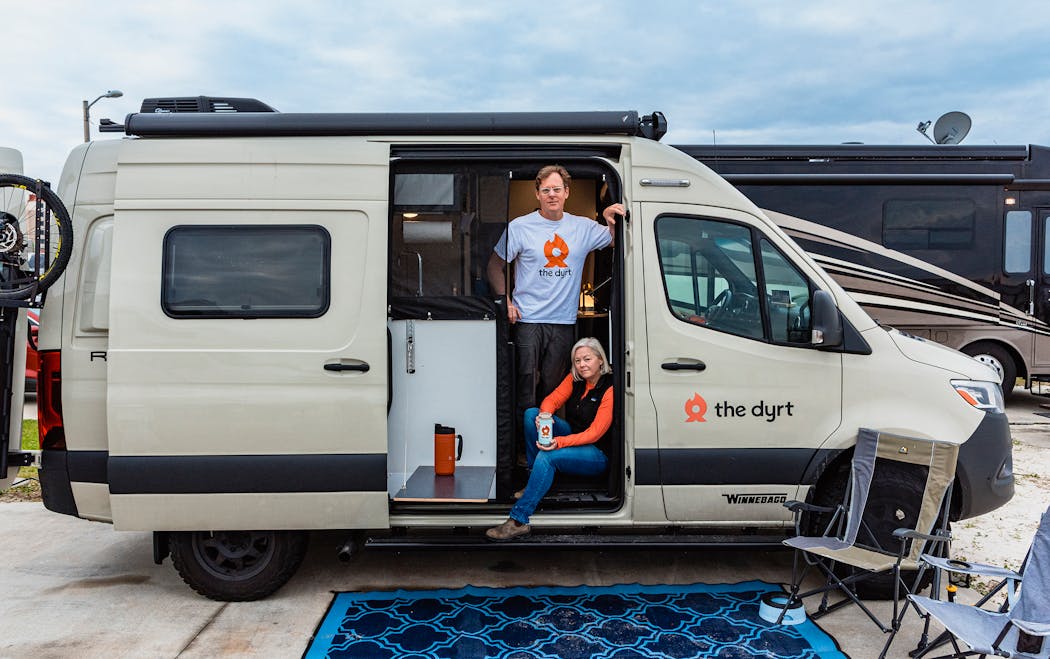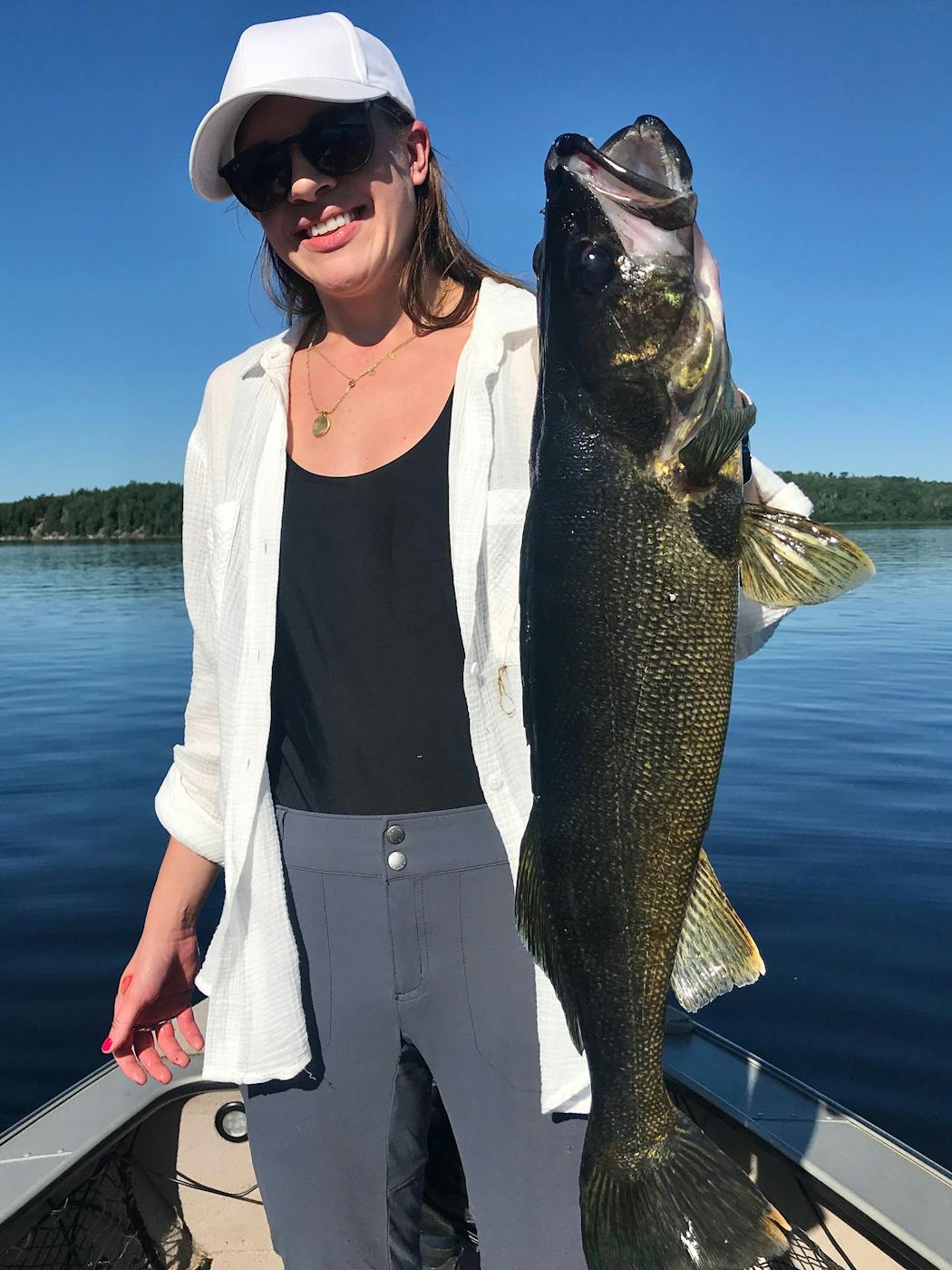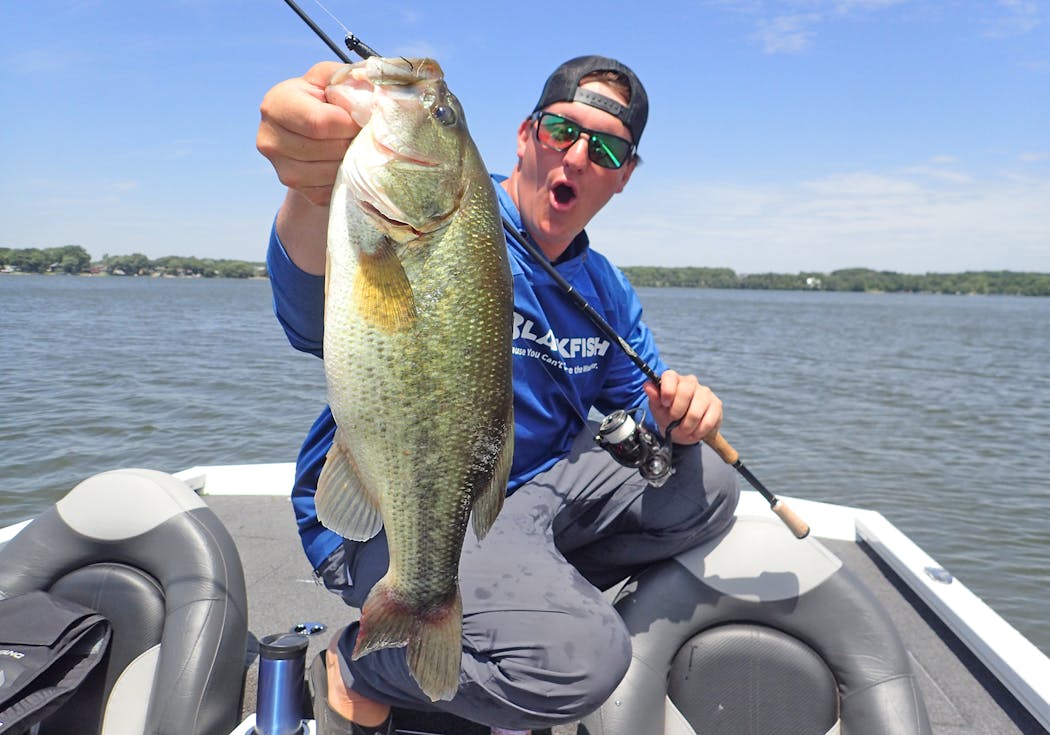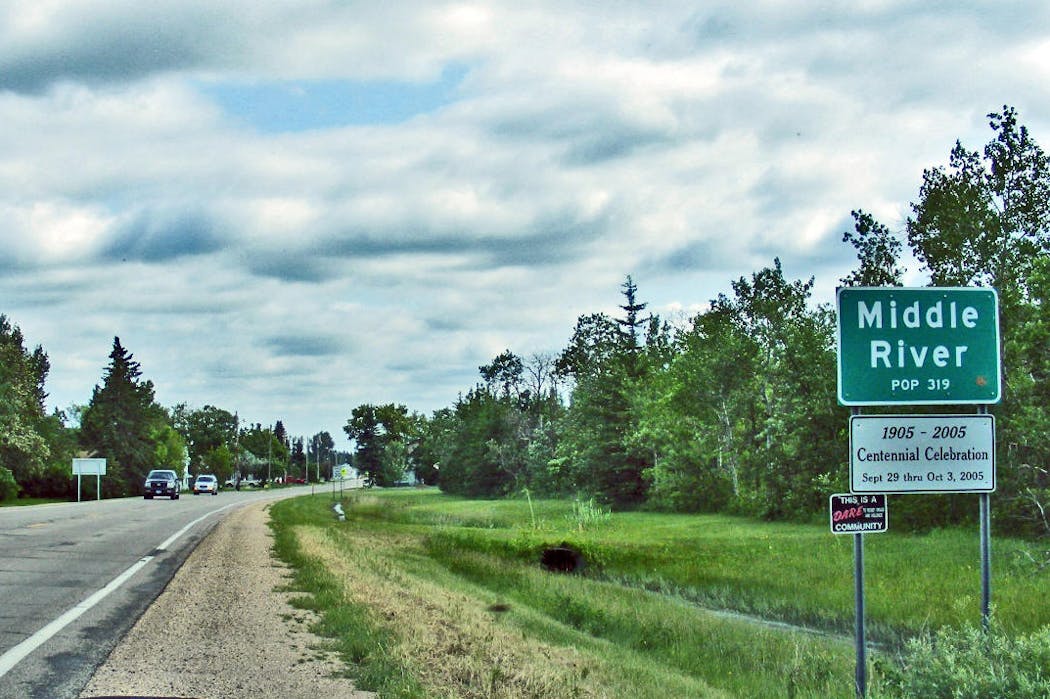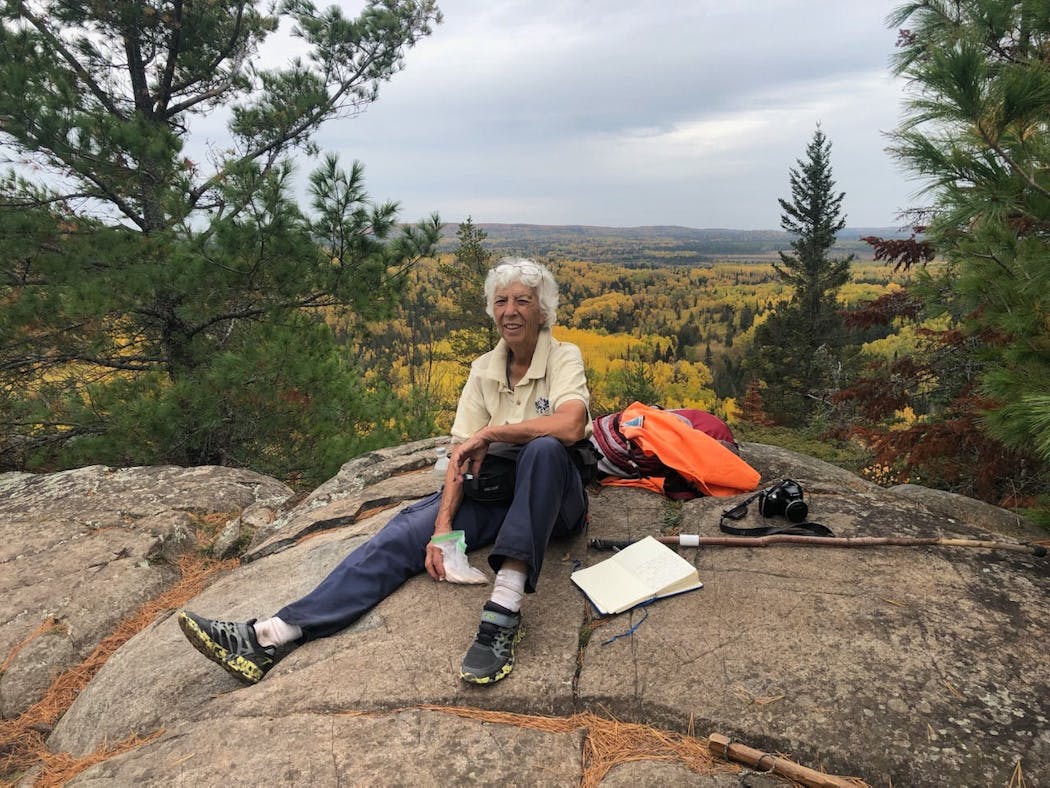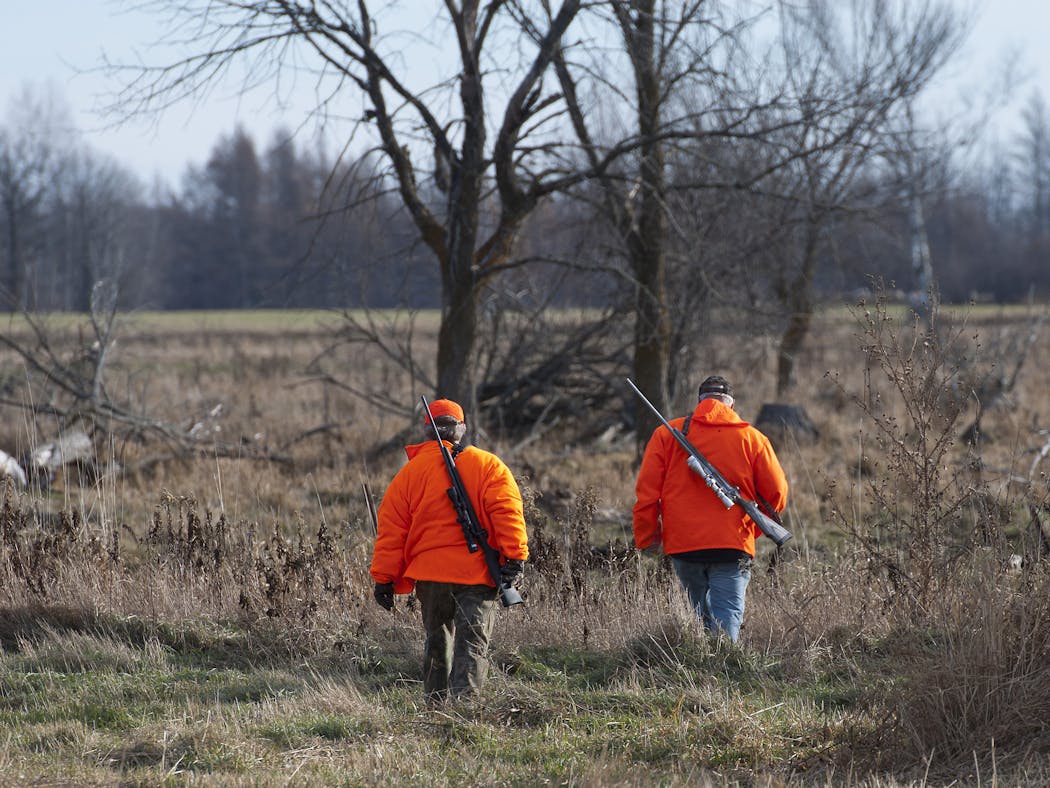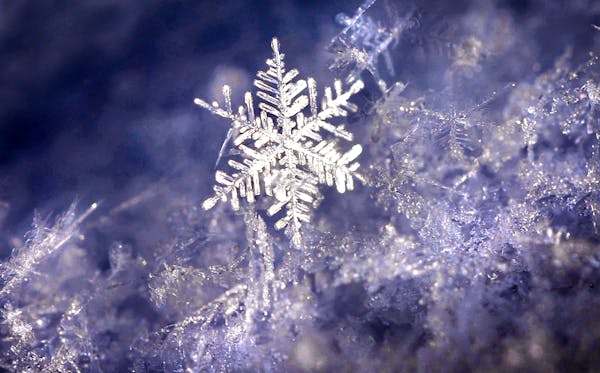New wolf plan
Walz support for hunting nuanced
Minnesota wolf management took a new turn in 2022. Action came in the form of an updated wolf plan developed by the Department of Natural Resources. The plan didn't advocate for a return of wolf hunting and trapping in the state, which most recently occurred in 2012-2014. But it did lay the groundwork for establishing such seasons when the Fish and Wildlife Service delists wolves (again) from the Endangered Species List, an action some observers expect in 2023. If that occurs, the politics of wolf management will pit, in many cases, rural vs. urban Minnesotans — and, in some instances, moose advocates against wolf protectionists.
Experts believe northeast Minnesota moose are being suppressed by wolves, and only through wolf control will moose have a chance to recover. Asked last summer if Gov. Tim Walz supported wolf-hunting possibilities included in the new DNR wolf plan, a Walz spokesperson said, "The Governor and Lieutenant Governor support the DNR's thoughtful, comprehensive approach to wolf management, including the framework for determining if and when hunting might be an appropriate management tool." Cynics say such nuanced verbiage was crafted with the governor's re-election bid in mind. If the wolf is delisted again in 2023, Walz will have an opportunity to be more definitive.
Dennis Anderson
Boundary Waters Canoe Area Wilderness
No further permit reductions for 2023
After making a sizable cut this year in the availability of permits to the Boundary Waters Canoe Area Wilderness (BWCA), the U.S. Forest Service said it will make no changes in 2023 to the quota system that governs visitor traffic. As announced by the Superior National Forest, BWCA permits for the upcoming paddling season go on sale at 9 a.m. Jan. 25. This year's announcement came with a reminder that stockpiling permits is a violation of the "one permit per day, per permit holder'' rule.
Twelve months ago, BWCA outfitters were adjusting to an overall 13 % reduction in the availability of entry permits, mainly on the east side of the 1.1-million acre wilderness. That meant 23,000 fewer people were allowed to enter from May 1 to Sept. 30. In all, the number of available permits sank from 285 per day to 248. The cut was made to remedy crowding and damage that escalated in 2020 and 2021 during COVID-19 lockdowns. From 2019 to 2020, traffic boomed from 143,140 people to 165,918, a 16% increase. The surge was sustained in 2021. Data for 2022 is not yet available.
Tony Kennedy
Camping
Surge of newcomers pressures sites
The Dyrt camping application has information on 50,000 campgrounds and 2 million campsites and, yet, one of its creators says a key topic entering 2023 is that users say it's hard to find an available space outdoors to settle in. Kevin Long, who with his wife, Sarah Smith, introduced The Dyrt in 2017, said the number of users surveyed who said finding a campsite is difficult is five times larger today (58%) than it was in 2019 (10.6%). Part of the cause is the surge in campers year to year and owing to the COVID pandemic, he said.
According to The Dyrt's camping survey this year, more than 8 million were first-timers and the overriding motivation to get out was family and friends. Long doesn't expect that to change.
"Year over year, millions of new people are going camping," he said, making sites — across the board, from recreational vehicles to trailers to tents to backpacking — at times hard to come by. Long said giving Dyrt users the ability to book campsites through the app rather than another party has been an integration that might help in the year ahead. Its premium membership has public lands maps that show dispersed camping options, too — a form unfamiliar to some who are used to amenities of, say, national, state and private campgrounds. Crowd-sourcing reviews and photos are foundational to The Dyrt platform and use. Long said encouraging campers to report back on their outings, wherever they are, could naturally make more campgrounds and sites available to peruse and appease those who think their options for a night or more outdoors are limited. Still, it's an issue, or perception, that won't dissipate soon as millions more give it a go.
"All those new people are bringing on new people the next year," Long said.
Bob Timmons
Walleye limits
In the end, no change
The multiyear attempt to reduce the Minnesota walleye limit from six to four was raised again in the 2022 Legislature, this time with a noticeable groundswell of angler support, joined with backing from DNR fisheries and administrative kingpins. Guides and certain other anglers in the Brainerd area believed particularly strongly that the state's walleye fishery would benefit from the reduction, and state Sen. Carrie Ruud, R-Breezy Point, was recruited to spearhead the initiative among lawmakers. But toying with the walleye limit in Minnesota can be akin to touching the third rail, politically, and legislative support for the idea never gained critical mass.
Plus, DNR managers acknowledged — reluctantly, in some cases — that the change would offer little, if any, benefit to walleye populations, in part because very few anglers ever catch six or even four walleyes in an outing. Thus, any cutback would be mostly of a social, or "feel good'' nature, and the proposal died — again.
Dennis Anderson
Trails
Superior to-do list remains robust
While the need to maintain, rebuild or reroute parts of one of Minnesota's premier long-distance hiking trails is without end, the Superior Hiking Trail Association (SHTA) has ramped up its state support of big-ticket projects and volunteer efforts on the ground.
With grant money from the Environment and Natural Resources Trust Fund and other sources, the SHTA's vision for trail renewal has moved ahead in the last few years and now has several more projects out for bid, including some that will shore up the trail through areas that can't sustain their regular use. One project is the Leskinen Reroute in Finland between the trailhead at the Claire Nelson Community Center and the trailhead on Lake County Road 6 (Little Marais Road). This reroute will cover about 1 1/4 miles and help bypass many trail issues.
Volunteer coordinator Barbara Budd said the public put in a record 8,000 hours of time into 2022 projects like rerouting a section to Bean and Bear lakes in Silver Bay to higher, more sustainable ground and the first rehabilitation phase for an area of the worn and muddy trail near Mystery Mountain near Lutsen.
"We had a pretty amazing year," she said.
2023 will focus on shorter projects for volunteers. There are several stone step crossings to lay down over moving water like over the Encampment River and Wilson Creek, both north of Two Harbors, and the Cross River near Temperance River State Park, and weekends of blazing (updating blue markings) and corridor clearing are scheduled. Budd said between those and half-day classes to introduce the public to trail work experiences like "adopting" a trail section or campsite she is hopeful more people will join the ranks. Peak time is June through September. Volunteers arrive from all corners of Minnesota. Some are local; some stay at their cabins and find time to pitch in; and others mesh their camping time with trail work.
"We have users, hikers, runners," Budd said. "And it is very appropriate that we have folks from all over the state, because they are supporting what they love and something that is for everybody."
Bob Timmons
Outdoors online
Minnesota YouTuber captures the cold
Winter is a season of adrenaline for Minnesota YouTuber Sam "Sobi" Sobieck. In just the past three weeks, the 28-year-old outdoors junkie from Rice County has already produced a half dozen ice fishing videos watched by 195,000 people and counting. He road-tripped to Upper Red Lake for walleyes, caught and cooked crappies on the ice outside of Bemidji, met up with friends for night fishing, and slammed "super freak'' bluegills with the farmer who invented the Ice Buster Bobber on a mystery lake.
"Ice fishing is growing,'' he said. "I'm fired up to spend as much time on the ice as I can.''
Hunting, camping, foraging, bass tournaments and cabin life all have a place on the Sobi channel, but fishing is No. 1 and ice fishing is No. 1 with a bullet for bringing in viewers from outside the ice belt. Sobi told the Star Tribune this summer that he's barely scratched the surface on documenting his personal outdoor adventures. He's turned down big-money jobs to build his own storytelling franchise. Armed with a new shanty, new thermal tent, trusty auger and floating ice bibs, the tales keep flowing.
Tony Kennedy
Free land
Lots of tire kickers, but no takers
Local bank president Josh Smith of tiny Middle River continues to field calls from all over America from people enticed by the town's offer of free land in the goose capital of Minnesota. Eleven months after a Star Tribune story about the civic growth program hit the internet, Smith receives about four calls a month — the latest from an Ohio gentleman whose interest was piqued by the community's outdoorsy profile.
The burg of 300 people sits north of Thief River Falls in a land of waterfowl, deer, bear, wild turkeys, grouse, wolves and more. But like ducks flying too high over decoys, no one has committed to building a house. "I wish I had better news,'' said Smith, who said the program is now facing interest rate headwinds.
Still, the offer stands: A free 100-by-300-foot city lot for income-eligible applicants who agree to build a house and live there. A corresponding package of perks includes a membership to the Sportsmen's Club, $100 in beer money at the town tavern, three months of cable TV, and a free year of The Honker newspaper.
Tony Kennedy
Crossing to Canada
Piecemeal, it got better
U.S. travelers to Canada, including hunters and anglers, had a lot to be thankful for in 2022, though the gratitude was realized in increments. The year began with Americans required to be fully vaccinated to enter Canada and required as well to show proof of a negative COVID-19 test.
When Canada dropped the negative test requirement April 1, Manitoba and Ontario resort owners who regularly host vagabonding Minnesotans were particularly grateful. But the Canadian tourist season didn't fully recover last summer because American anglers who were accustomed to traveling north in groups found that some of their members weren't vaccinated and refused to be vaccinated. As a result, in many of these instances, entire groups canceled their trips. Not until Oct. 1 did Canada drop all COVID-19 entry restrictions — too late for summer anglers, but good news for Americans planning 2023 trips.
A footnote: Canada is again accepting applications for remote border crossing permits, which are especially handy to have for boundary waters paddlers. Go online at bit.ly/3PxBZie.
Dennis Anderson
Hiking
Closing on another mammoth adventure
Joan Young has seen and experienced enough as a thru-hiker to know that adaptability is key. So as she hikes toward home in western Michigan, keen on knocking off her second hike of the 4,800-mile North Country Scenic Trail, the weather has become a bigger factor. Young has about 550 miles to get to her city of Scottville, and she said her target is mid-January 2023.
"I am still hiking. Trying to stay ahead of the really bad weather," she wrote in an e-mail to the Star Tribune late last week, and that was before this week's weather. At the time, she was east of the Pictured Rocks National Lakeshore near Munising, Mich. She had to abandon 95 miles in the western part of the Upper Peninsula of Michigan, owing to heavy snow. (She said she'll return to hike those 95 next spring.)
When connected with in late July, Young was averaging about 15 miles a day. She was traveling with a small camper to get her out of the elements and off the ground. The NCT covers eight states from North Dakota to Vermont. She did her first thru-hike of the trail in sections between 1991 and 2010. "It's become the joke (but it won't be funny if it comes true) that I hope to finish this hike before I hit 75 in April," Young, who is 74, said of this second go. "Seriously though, it shouldn't take me THAT long to finish."
A highlight of her thru-hike, which began last December, was hitting peak colors on the Border Route Trail in the Boundary Waters Canoe Area Wilderness. Two friends joined her in support.
"That was pretty amazing," she added.
Bob Timmons
Lake of the Woods
Jaw-dropping investment combines four big resorts
This week's snowstorm notwithstanding, ice fishing on Lake of the Woods was ramping up this week and a snowmobile trail to the Northwest Angle was marked and open. It's no secret that winter fishing tourism along the south shore of Lake of the Woods often exceeds summer business. But it still came as a surprise this year when a pair of real estate investors dropped $20 million to acquire four prominent resorts in the Wheeler's Point area. The deal was made by Minnesota business partners Joe Swanson and Pipasu Soni, relative strangers to the area even though Swanson grew up in Silver Bay.
The buyout is the first of its size, also marking a shift from owner-operated resorts to investor-owned and company-operated (Minnesota-based Leisure Hotels and Resorts has the contract.) The buyout links the employees, equipment, lodging capacity, restaurants, dockage, traditions, ice crews and other assets of Sportsman's Lodge, Border View Lodge, Wheelers Point Resort and Rainy River Resort. After flooding hurt business this summer, Swanson and Soni are expecting 70% of overall business in their maiden year to come from the four-month ice season.
Tony Kennedy
Whitetail models
Can computers count deer?
Deer hunters have long questioned the DNR's method of counting deer, which is done using computers to "model'' the state's whitetail population for each Deer Permit Area (DPA). Using this method, the 2022 Minnesota deer harvest was projected to be similar to 2021 (184,698), but at 167,716 fell considerably short.
This most recent harvest will do nothing to mute critics who say fewer deer inhabit Minnesota than the DNR believes, and as a result the agency is errantly awarding too many antlerless permits to hunters — relegating to pipedream status the goal of many hunters of a 200,000 statewide deer harvest. Deer shortfalls are particularly acute in central Minnesota, hunters say. In 2021, for example, the total harvest in DPA 249 was 2,994. This year, when hunters there were again allowed one deer of either sex, 2,655 deer were killed, 42% of which were females. Similarly, in adjacent DPA 248, the 2021 deer harvest was 1,070, while this year it was 816, 42% of which were females. Weather, hunter effort and other variables affect harvest.
But certain as 2022 closes is that the DNR's deer population models have no more fans among hunters than they did a year ago.
Dennis Anderson
State parks
North Shore campground opens well
Location plus activity in addition to demand equated to a winning camping season at Split Rock Lighthouse State Park's new campground full of electric hookups. The campground opened in June. Shipwreck Creek Campground's average weekend occupancy was 92.6%, which about paralleled its overall bookings by month, according to the DNR's Parks and Trails Division, and meant, well, that it was more or less booked solid. Assistant park supervisor Ashley Huinker said feedback on the campground and its 46 drive-in sites built into the rugged, rocky landscape northeast section of the park has been positive.
"The biggest thing we learned was how to accommodate this new operation and work it into maintaining and caring for the buildings and our cart-in campground," Huinker added.
The added visitors have meant more people coursing through the park, its trails, and its historical buildings. The Minnesota Historical Society manages the famed lighthouse. "There were some very busy days," she said.
Bob Timmons
Scoggins: The area where shots get blocked serves as a proving ground for Wild

Analysis: How Vikings GM Kwesi Adofo-Mensah has shown he's not married to the draft

How five words changed everything for Anthony Edwards and the Wolves

How did the Timberwolves mimic the two Lakers stars in practice? As well as they could.

